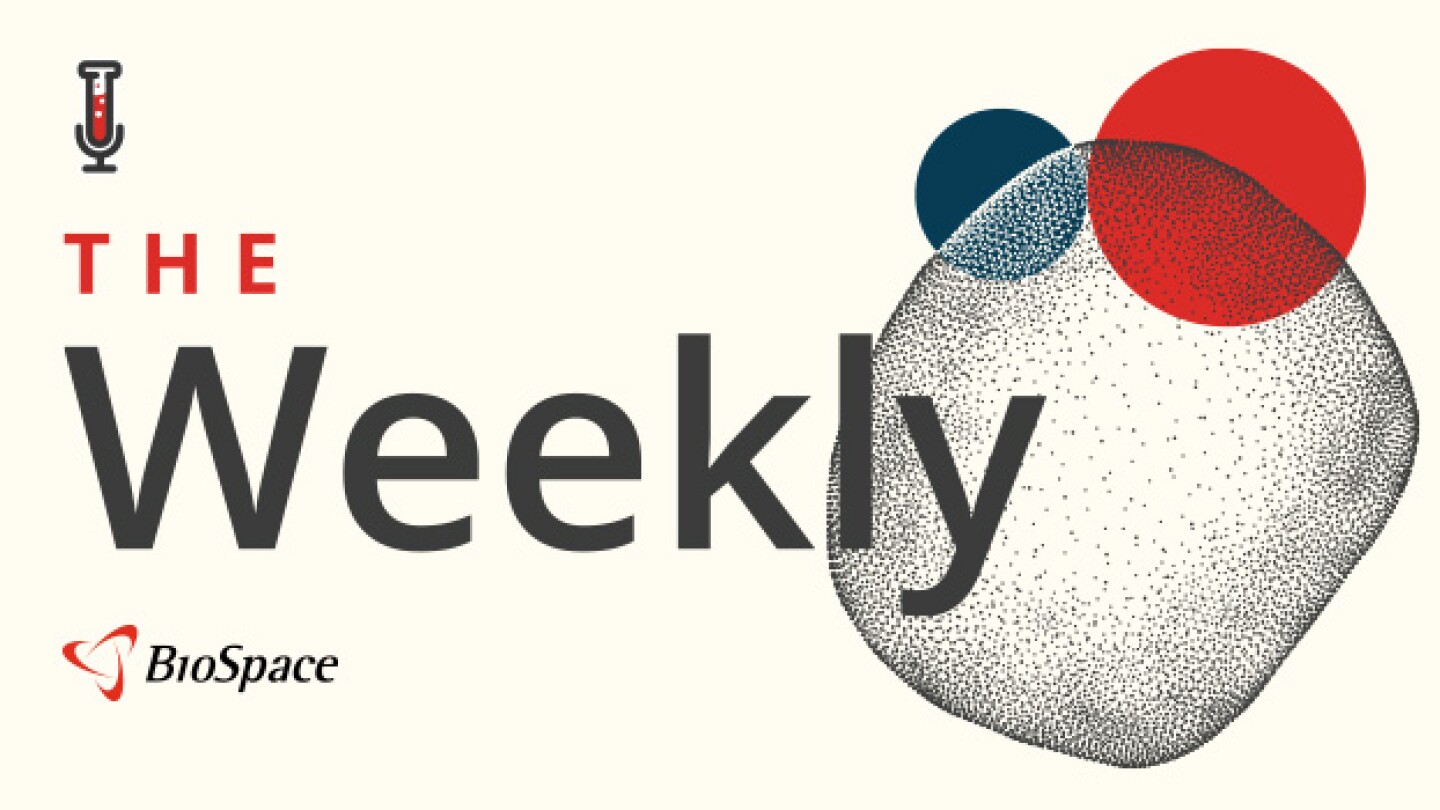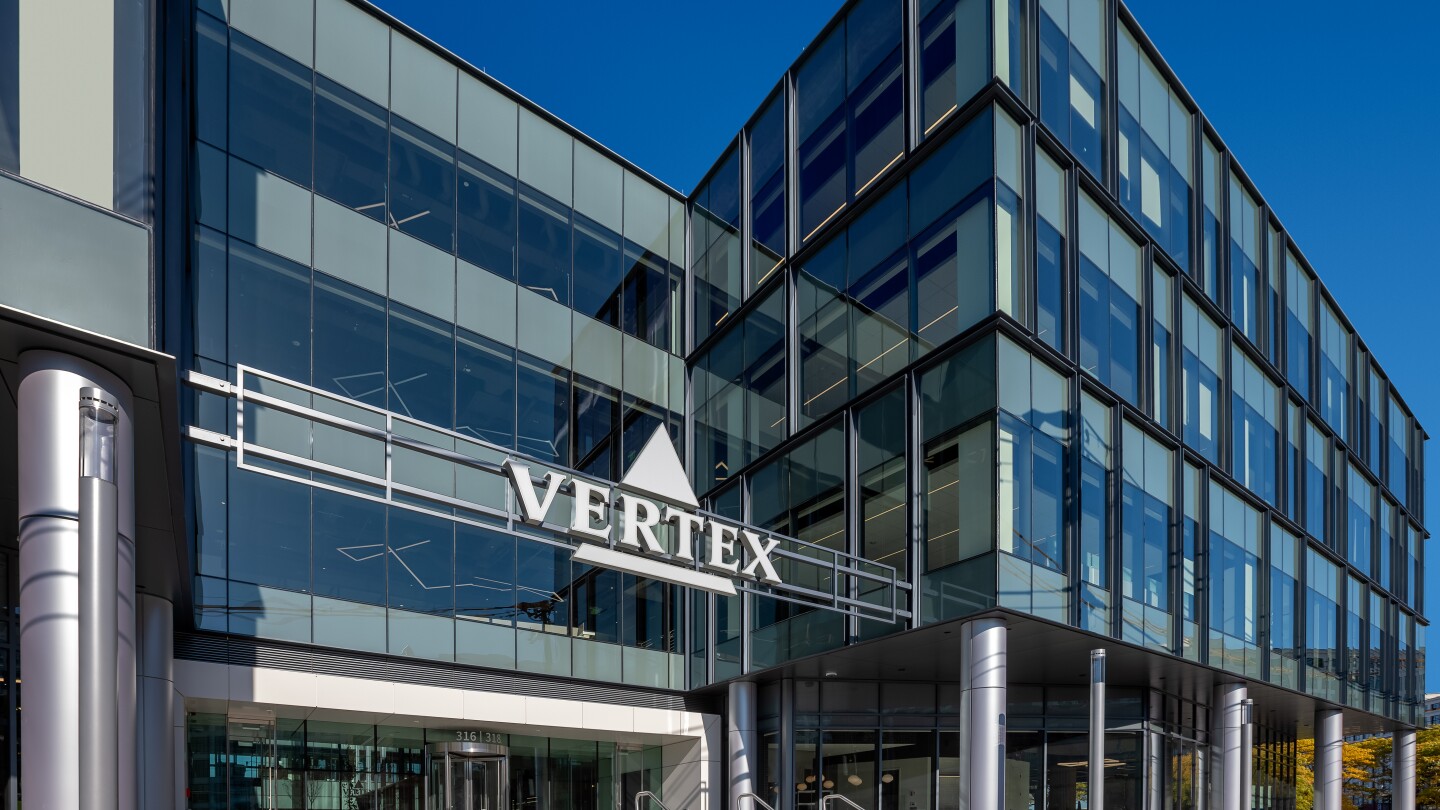Gene therapy
Lilly will use Rznomics’ proprietary ribozyme technology to develop RNA editing therapies for congenital hearing loss.
CRISPR Therapeutics’ partner Vertex reported that more than 65 treatment centers have been activated for the gene therapy Casgevy. While Vertex handles the market, CRISPR has been focused on its clinical program.
A new executive order aims to smooth the path for getting U.S. manufacturing facilities up and running; HHS says it will require placebo-controlled trials for all vaccine approvals; tariff threats hit BioNTech; Novo Nordisk’s FDA application for an oral version of Wegovy is accepted; and more.
The cell and gene therapy space in recent months has hit several speedbumps, including layoffs, dropped drugs and discontinued partnerships.
As Q1 2025 earnings season continues, tariffs remain top of mind for pharma CEOs and investors. Meanwhile, the American Association for Cancer Research’s annual event kicks off this year’s oncology conference season. Plus, will the FDA become politicized under HHS Secretary RFK Jr.?
The condition, recessive dystrophic epidermolysis bullosa, causes chronic wounds and has an 84% mortality rate by age 40.
As tariffs, HHS workforce cuts and the ouster of CBER Director Peter Marks threaten the “lifeblood” of the cell and gene therapy space, experts express wariness over the unknowns and optimism that Marks’ legacy will carry on.
The cell and gene therapy company is cutting 47 employees and its entire lupus program to focus resources on two CAR Ts. The move follows a reconfiguration last year to move into immunology.
Despite making an unsolicited bid for gene therapy maker bluebird bio, Ayrmid failed to deliver a binding offer after weeks of due diligence. Bluebird’s board recommended that it go with Carlyle and SK Capital Partner’s original offer to take the company private for $30 million.
Stifel analysts said that Lexeo’s data showing reduced size and thickness of the heart’s left ventricle are “supportive of a drug effect” for the company’s gene therapy in Friedreich’s ataxia cardiomyopathy.
PRESS RELEASES









